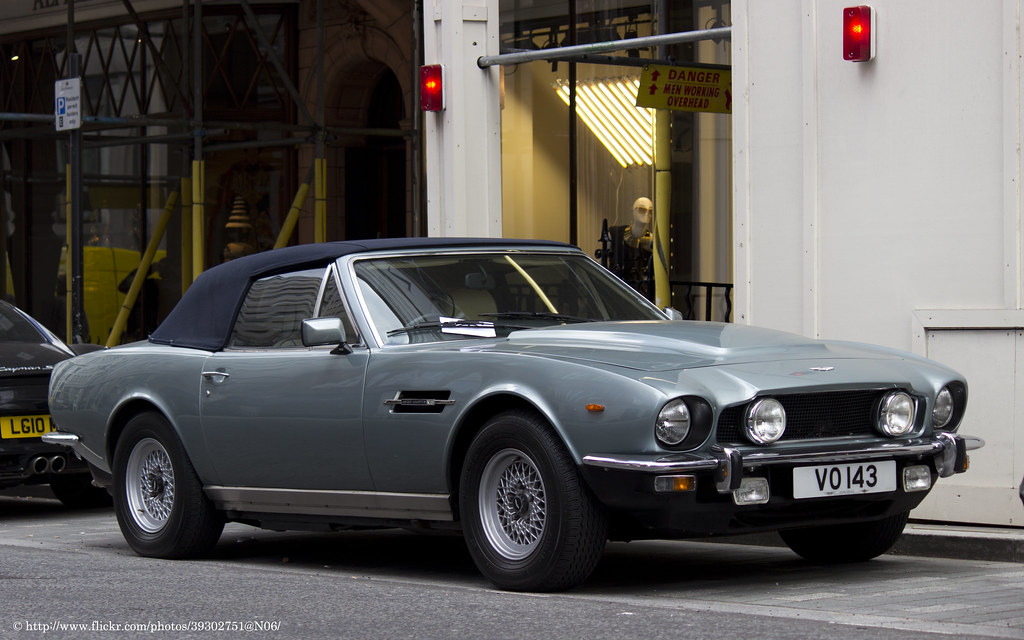
The automotive world has entered a transformative chapter, where the mythical 1,000-horsepower barrier is no longer reserved for race cars or experimental prototypes. What was once an unreachable peak has become a defining benchmark in the modern hypercar and electric performance segment. Manufacturers from Bugatti to Rimac are delivering production vehicles that not only surpass this milestone but also reshape our understanding of speed, engineering, and innovation.
These extraordinary machines are not simply cars; they are engineering marvels. Some roar with the raw intensity of internal combustion, others blend hybrid sophistication, and many showcase the electrifying surge of full battery power. Together, they represent the future of extreme automotive performance, where the pursuit of power is matched by breathtaking design and advanced technology.

Legends of Internal Combustion
Bugatti Chiron Super Sport 300+
The Bugatti Chiron Super Sport 300+ remains a symbol of internal combustion excellence. Its 8.0-liter quad-turbocharged W16 engine delivers 1,578 horsepower and famously propelled the car to 304.77 mph at Volkswagen’s Ehra-Lessien test track in 2019, breaking the 300 mph barrier. A longtail aerodynamic design, carbon fiber construction, and specially engineered Michelin tires enable this extraordinary feat. Despite its immense power, the Chiron remains approachable, with progressive delivery and all-wheel-drive stability. Limited to just 30 units at over $3.9 million each, it stands as one of the last great combustion-driven hypercars.
Koenigsegg Jesko Absolut
Koenigsegg’s Jesko Absolut embodies the pursuit of aerodynamic efficiency and record-setting velocity. Its 5.0-liter twin-turbo V8 produces 1,600 horsepower on E85 biofuel, managed through a groundbreaking nine-speed Light Speed Transmission that allows instant gear changes. Designed with reduced drag and a lightweight carbon fiber body, the Jesko Absolut is engineered for theoretical speeds approaching 330 mph. With just 125 units priced around $3 million, it exemplifies Koenigsegg’s philosophy of in-house innovation.
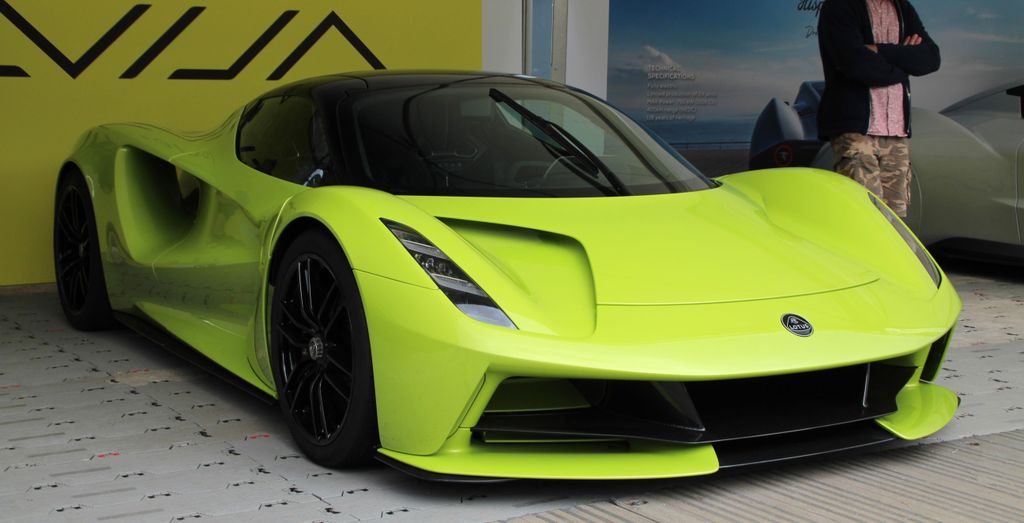
The Rise of Electric Hypercars
Rimac Nevera
Croatia’s Rimac Nevera redefines electric performance, producing 1,914 horsepower from four independent motors. With acceleration figures including 0-60 mph in 1.85 seconds and a quarter-mile in 8.58 seconds, it is among the fastest accelerating production cars ever made. Its 120 kWh structural battery, torque vectoring system, and advanced cooling enable sustained high performance while offering a range of 340 miles. Priced at $2.4 million and limited to 150 units, the Nevera signals a paradigm shift in automotive engineering.
Lotus Evija
The Lotus Evija showcases Britain’s vision for an electric future, delivering 2,000 horsepower while weighing only 3,700 pounds. Its innovative design features Venturi tunnels through the rear bodywork, enhancing downforce without excessive drag. With active aerodynamics, an 800 kW charging capacity, and a limited run of 130 cars at $2.3 million each, the Evija demonstrates how lightweight philosophy can thrive in the EV era.
Aspark Owl
Japan’s Aspark Owl enters the segment with radical performance and design. Its four-motor setup produces 1,985 horsepower and claims 0-60 mph in just 1.69 seconds. Standing only 39 inches tall, it is one of the lowest road-legal cars ever built, optimizing aerodynamics and stability. With a 64 kWh battery providing a 280-mile range and a production run of only 50 units at $3.2 million each, the Owl highlights Japan’s growing presence in the hypercar world.
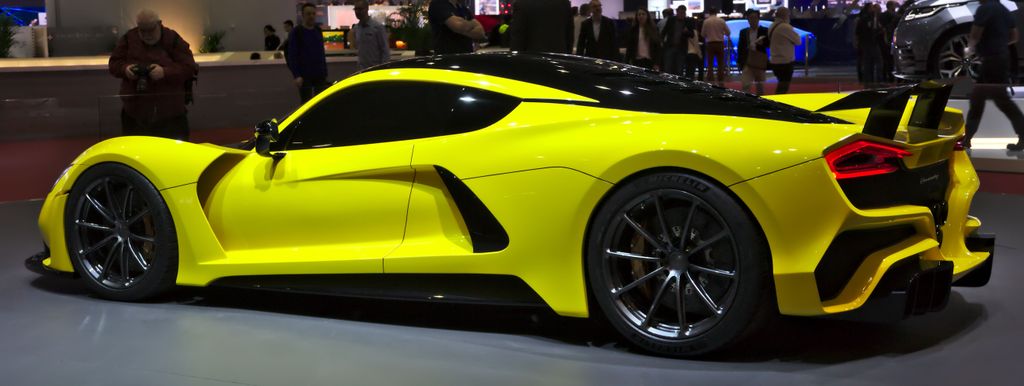
American Powerhouses
SSC Tuatara
The SSC Tuatara represents America’s pursuit of extreme performance. Its 5.9-liter twin-turbo V8 delivers 1,750 horsepower on E85, paired with a carbon fiber chassis weighing just 2,750 pounds. With a drag coefficient of 0.279 and a redline of 8,800 RPM, the Tuatara is designed for efficiency at high speeds. In 2021, it achieved a verified two-way average of 282.9 mph, cementing its place among the fastest cars. Limited to 100 units at $1.9 million, it exemplifies U.S. ambition in hypercar engineering.
Hennessey Venom F5
Texas-based Hennessey Performance brings raw power with the Venom F5. Its 6.6-liter twin-turbocharged V8, nicknamed “Fury,” produces 1,817 horsepower. With a carbon fiber chassis and a weight of under 3,000 pounds, the Venom F5 boasts a power-to-weight ratio exceeding 1,200 hp per ton. Designed for extreme velocity, it targets speeds beyond 300 mph. Only 24 examples will be built at $1.8 million each, showcasing an uncompromising approach to performance.
Czinger 21C
The Czinger 21C introduces revolutionary AI-driven 3D-printed manufacturing through its Divergent Adaptive Production System. This hybrid hypercar combines a 2.88-liter twin-turbo V8 with electric motors for 1,250 horsepower, with a V Max version reaching 1,350. Its tandem seating layout minimizes drag, while its engine revs to 11,000 RPM, achieving thermal efficiency close to Formula 1 levels. Limited to 80 units at $1.7 million, the 21C represents a bold rethinking of hypercar design and production.

Luxury Sedans with Hypercar Performance
Lucid Air Sapphire
The Lucid Air Sapphire blends luxury with hypercar performance, producing 1,234 horsepower from a tri-motor system. With 0-60 mph in 1.89 seconds and a quarter-mile in 8.95 seconds, it rivals exotic supercars while offering seating for five and 427 miles of range. Advanced 900-volt architecture supports ultra-fast charging, and aerodynamics contribute to both efficiency and stability. Priced at $249,000 and initially limited to 1,111 units, it redefines the performance sedan.
Tesla Model S Plaid
Tesla’s Model S Plaid democratizes access to four-digit horsepower, delivering 1,020 horsepower at a fraction of hypercar prices. With 0-60 mph in 1.99 seconds and a Nürburgring time of 7:25.231, it combines straight-line dominance with track-proven agility. Offering practicality with five seats and nearly 400 miles of range, it has redefined expectations for family sedans in the performance era.
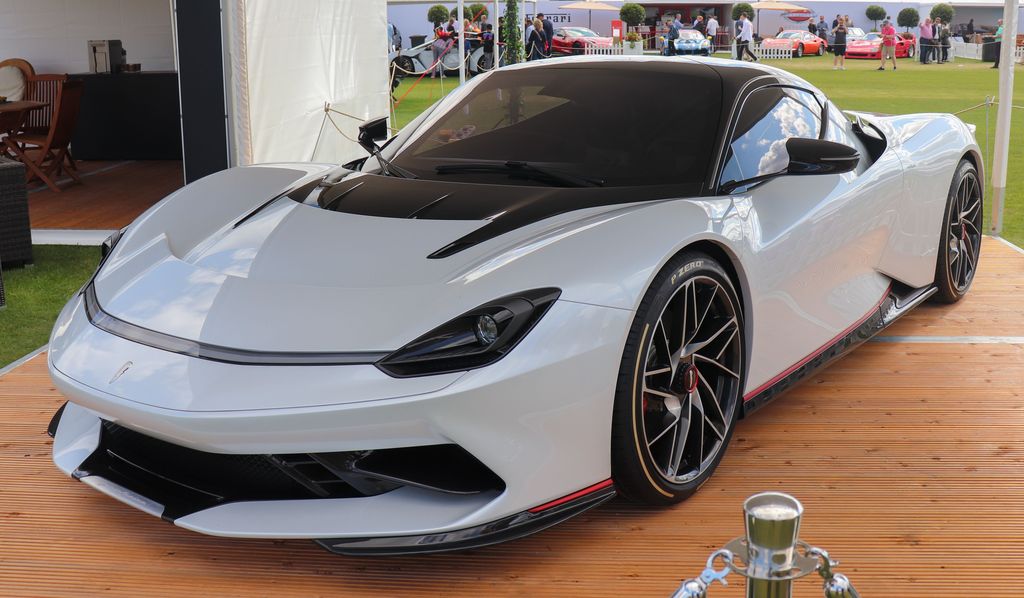
European Icons of Hybrid Innovation
Pininfarina Battista
The Battista marks Pininfarina’s transition from design house to hypercar manufacturer. With Rimac-developed technology, it produces 1,900 horsepower and 1,741 lb-ft of torque, reaching 0-186 mph in under 12 seconds. Sculpted for both aerodynamic efficiency and elegance, its handcrafted interior blends sustainability with luxury. Limited to 150 units at $2.2 million, it demonstrates that electric cars can maintain emotional appeal and Italian artistry.
Ferrari SF90 XX Stradale
Ferrari’s SF90 XX Stradale extends the brand’s exclusive XX program to a road-legal car for the first time. Combining a 4.0-liter twin-turbo V8 with three electric motors, it produces 1,016 horsepower. With aerodynamic elements generating 530 kg of downforce at 250 km/h and advanced torque vectoring, it delivers precision alongside raw performance. Priced at $850,000 and limited to 799 units, the SF90 XX offers a unique blend of track-inspired capability and daily usability.
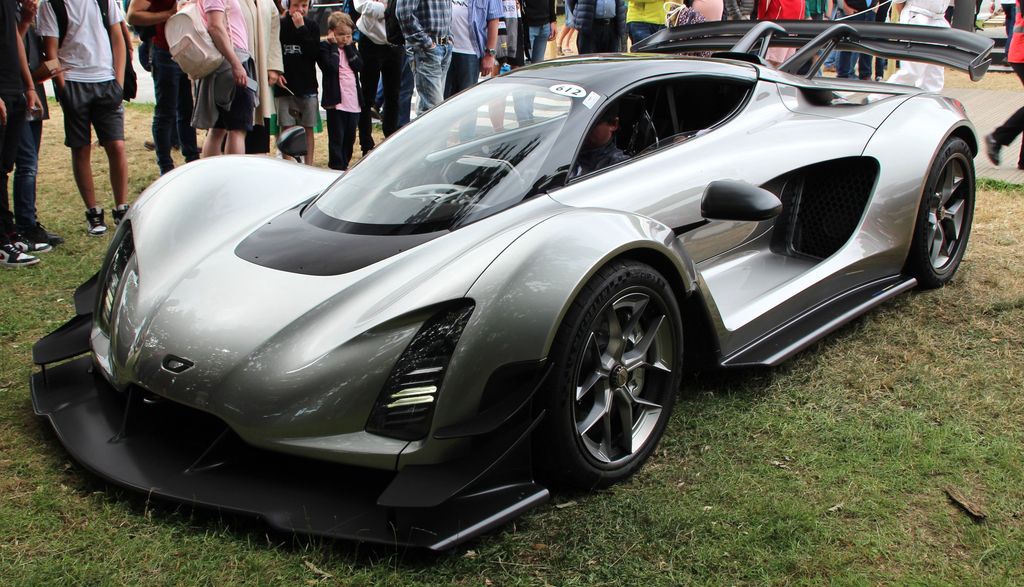
A New Benchmark in Performance
From bespoke hypercars to practical electric sedans, the 1,000-horsepower club reflects the pinnacle of modern automotive achievement. Whether through the roar of combustion, the seamless blend of hybrid power, or the silent surge of electric motors, these twelve machines highlight a thrilling new standard for speed and innovation. The once-mythical four-digit barrier has been redefined as a benchmark, signaling that the future of performance is already here and more exhilarating than ever.


